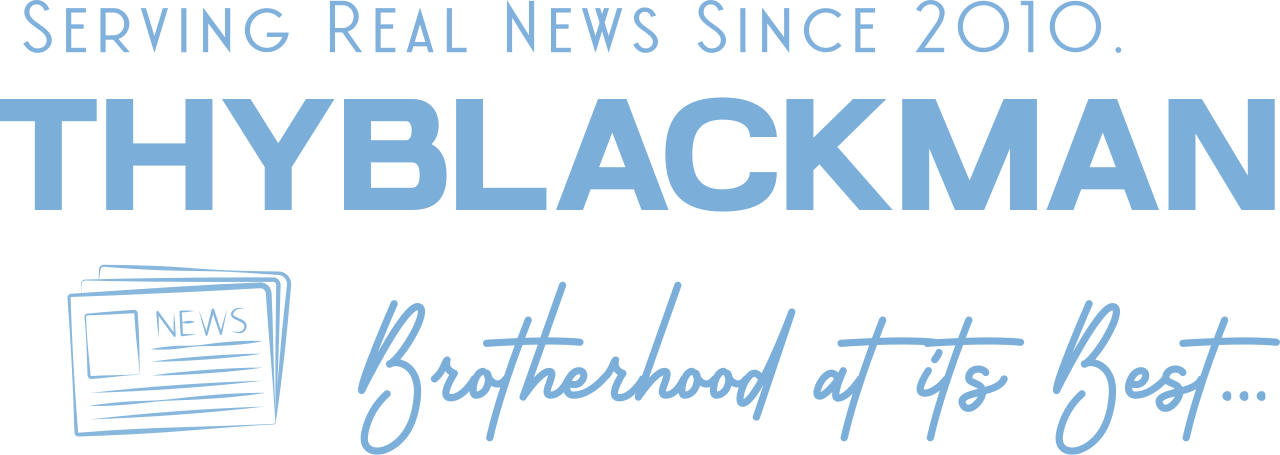(ThyBlackMan.com) Key features like dynamic slot selection, hybrid route planning, and green delivery windows ensure a seamless balance between operational efficiency and sustainability. This blog explores how dynamic routes shape modern logistics, solving challenges and driving impactful results for sustainable and efficient deliveries.

Understanding Dynamic Routes and Their Importance
Dynamic routes are delivery plans designed to adapt to changing conditions in real time, ensuring efficiency and reliability. By leveraging live data such as traffic updates, weather forecasts, and delivery priorities, they enable businesses to respond to unexpected changes seamlessly. This approach not only optimizes delivery times but also enhances resource utilization, making it a smarter and more adaptable solution for modern logistics.
Why Dynamic Routes are Crucial:
- Flexibility: Adjust to traffic, weather, or last-minute delivery changes.
- Cost Efficiency: Reduce fuel consumption and vehicle wear by selecting the shortest, most efficient routes.
- Sustainability: Dynamic routes contribute to greener logistics by optimizing delivery schedules to minimize fuel consumption and carbon emissions.
A key feature here is the concept of green delivery windows, which involves scheduling deliveries to be made exclusively through electric vehicle (EV) fleets, ensuring minimal environmental impact.
This approach reduces carbon emissions and supports sustainability by relying on cleaner, greener transportation options for deliveries.
Dynamic Slot Selection: Aligning Operations with Customer Preferences
Dynamic slot selection is a core feature of dynamic routes that factors customer preferences into delivery planning. Instead of offering static time slots, businesses can dynamically allocate delivery windows that align with operational efficiency.
How Dynamic Slot Selection Works:
- Analyzes real-time data on traffic, fleet availability, and customer locations.
- Matches preferred delivery slots with optimized routes.
- Encourages customers to select eco-friendly time slots by offering reduced delivery charges. These slots are carefully planned during times with lower traffic and optimized for routes that reduce fuel consumption, thereby emitting significantly less CO2.
Eco-conscious buyers benefit from knowing their orders are delivered in an environmentally friendly way, while businesses enhance their sustainability efforts by reducing their carbon footprint.
Hybrid Route Planning for Optimal Flexibility
Dynamic routes support hybrid planning, integrating owned fleets, outsourced carriers, and delivery service providers. This flexibility allows businesses to adapt to fluctuating delivery volumes, geographic coverage, and cost considerations.
Advantages of Hybrid Route Planning:
- Scalable Operations: Easily adjust to seasonal demand spikes or unexpected increases in order volumes.
- Cost Optimization: Use third-party carriers for areas where owned fleets might be less cost-effective.
- Improved Coverage: Leverage external service providers to reach remote or challenging locations.
For example, a retailer with deliveries spanning urban and rural areas can use small, electric vehicles for city routes and large trucks for rural shipments. This hybrid approach ensures efficiency across different delivery environments.
Rate-based Carrier Selection for Cost-effective Deliveries
Dynamic routes often incorporate rate-based carrier selection, where businesses choose delivery partners based on cost, service quality, and sustainability metrics.
Key Considerations in Carrier Selection:
- Cost Efficiency: Select carriers with the most competitive rates for specific routes.
- Performance: Evaluate reliability, speed, and past performance of carriers.
- Sustainability: Prioritize carriers with eco-friendly fleets to align with green initiatives.
By integrating rate-based selection into dynamic routing, businesses can optimize costs without compromising service quality.
Addressing Constraints with Smart Routing
Dynamic routes excel at navigating logistical constraints, ensuring efficient deliveries regardless of challenges.
Common Constraints Factored in Dynamic Routing:
- Vehicle Size: Ensures that trucks and delivery vans are suited for specific routes.
- Road Restrictions: Avoids areas with movement restrictions, such as no-entry zones for heavy vehicles.
- Time-sensitive Deliveries: Adjusts routes based on time constraints to meet delivery commitments.
This proactive approach minimizes delays and operational inefficiencies, enhancing both cost-effectiveness and sustainability.
Reducing Costs and Emissions with Route Optimization
Key Benefits of Route Optimization:
- Reduced Mileage: Shorter routes mean lower fuel consumption and vehicle wear.
- Efficient Fleet Utilization: Maximizes the capacity of each vehicle, reducing the number of trips required.
- Lower Emissions: Optimized routes reduce carbon footprints, helping businesses meet sustainability goals.
Dynamic routes created using route optimization tools ensure deliveries are completed in the least time and cost possible while prioritizing eco-friendly practices.
Dynamic Routes for Big and Bulky Deliveries
Big and bulky deliveries, such as furniture and appliances, pose unique logistical challenges. Dynamic routes offer tailored solutions for these scenarios by factoring in constraints like vehicle size and delivery locations.
How Dynamic Routes Help with Big and Bulky Deliveries:
- Allocate suitable vehicles for heavy items to ensure safe and efficient transport.
- Consider road movement restrictions to avoid delays or rerouting.
- Schedule precise time slots to meet customer expectations without inefficiencies.
Dynamic routes simplify the complexities of big and bulky logistics, ensuring timely, cost-effective, and environmentally conscious deliveries.
Driving Efficiency and Sustainability through Dynamic Routes
Dynamic routes play a crucial role in modernizing logistics, offering a strategic approach that benefits both cost-effectiveness and environmental sustainability. Features like dynamic slot selection, hybrid route planning, and rate-based carrier selection make it possible for businesses to adapt to changing delivery conditions while optimizing resources.
These intelligent systems are designed to factor in customer preferences, fleet capabilities, and external constraints like road restrictions, ensuring that each route is tailored for the most efficient delivery. With dynamic routes, businesses can significantly reduce fuel consumption, minimize delays, and ensure that every delivery is performed in the most environmentally friendly way possible, all while reducing operational costs.
Sustainability and Innovation with Dynamic Routing Features
The incorporation of dynamic routing technology is a game-changer for businesses aiming to achieve sustainable delivery practices. Dynamic slot selection, for instance, allows businesses to choose optimal time frames for deliveries, ensuring that trucks run during periods of lower traffic, reducing fuel consumption and emissions.
Additionally, offering customers green windows for delivery, paired with optimized routes, supports environmental goals while maintaining cost-effectiveness. Rate-based carrier selection and hybrid route planning further enhance flexibility, ensuring that the right delivery options are chosen for specific needs, whether through owned fleets or third-party providers.
With the right technology partner, such as FarEye, companies can harness these dynamic routing features, improving their bottom line while meeting the growing demand for eco-friendly and efficient logistics solutions.
Staff Writer; Doug Johnson

















Leave a Reply